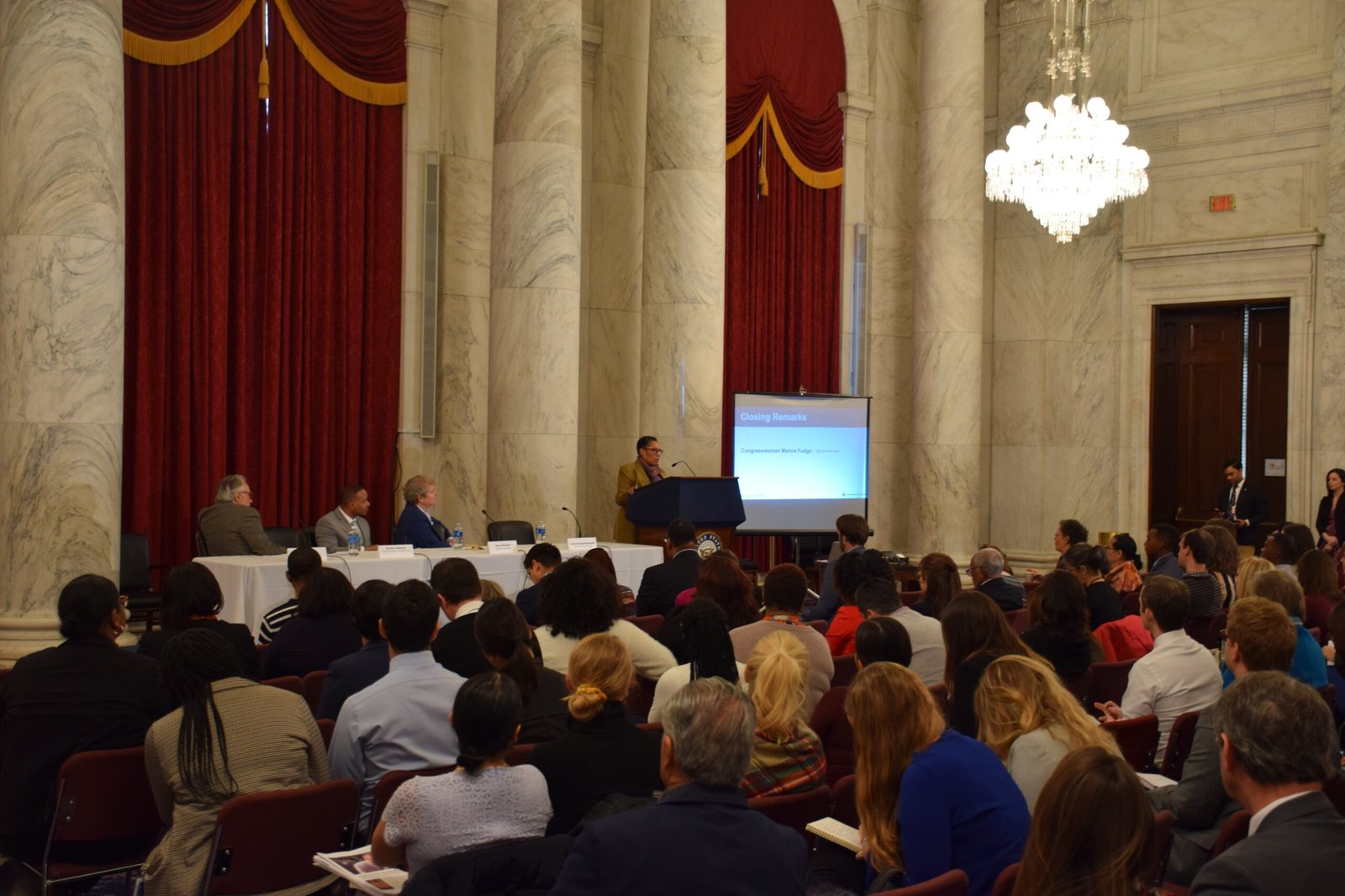Imagine asking your smart speaker a simple question, only to be met with confusion or an incorrect response. For millions around the world, this isn’t just an occasional hiccup, but a daily experience. The culprit? A quiet, almost invisible bias woven into the very fabric of AI voice assistants—one that reveals itself most clearly when it meets the rich variety of human accents. This subtle prejudice doesn’t just inconvenience people; it speaks volumes about the hidden assumptions and choices made by the algorithms that power our digital lives. As these virtual voices become more integrated into our homes, cars, and pockets, the way they listen—and sometimes refuse to understand—raises urgent questions. Why do these systems stumble over some accents but not others? And what does this say about the worldviews encoded into their silicon hearts? Let’s unravel the surprising truths behind the voices we trust to help us every day.
How Voice Assistants Learn: The Building Blocks of Understanding
AI voice assistants like Siri, Alexa, and Google Assistant are trained using massive collections of recorded speech called datasets. These recordings often come from speakers who use what’s considered a “standard” accent—usually General American English or Received Pronunciation in the UK. As a result, the algorithms become highly attuned to these patterns, almost like a child who only hears one dialect growing up. When presented with unfamiliar accents, voice assistants can struggle to recognize words or intent. This is not a malicious oversight but a byproduct of the data they are exposed to, which echoes the biases of the people and institutions compiling these datasets. The implications are profound: every time a voice assistant mishears a Scottish brogue or a Nigerian lilt, it’s reflecting the limits of its linguistic worldview.
The Science Behind Speech Recognition and Accents
Speech recognition technology relies on complex neural networks that mimic the human brain’s way of processing language. These networks break down sounds into tiny components called phonemes, mapping them to words and meanings. Accents, however, can change the way phonemes are pronounced, adding layers of complexity. A simple vowel shift or a dropped consonant can throw off the entire system, causing misinterpretations or complete failure to respond. Research in computational linguistics finds that even small deviations from the “norm” can reduce accuracy by as much as 30 percent. This isn’t just a technical glitch—it’s a reminder that human language is astonishingly diverse, and that machines still have much to learn about the music of our voices.
Real-World Frustrations: Stories From Across the Globe
For many users, bias in voice assistants is not an abstract concept but a source of daily frustration. Imagine an Irish grandmother trying to set a timer, or an Indian student dictating a text—only to be misunderstood repeatedly. These moments can feel alienating, even embarrassing. In some cases, users with strong regional accents simply stop using voice assistants altogether, feeling that these “helpful” tools aren’t meant for them. This exclusion is subtle but powerful, reinforcing the sense that only certain ways of speaking are valid or valued in the digital world. The stories of misunderstood voices paint a vivid picture of how technical decisions can ripple into real human experiences.
Algorithmic Assumptions: Whose Voice Gets Heard?

The choices made by developers—consciously or unconsciously—shape the way AI systems interpret language. By prioritizing certain accents in training data, engineers send a quiet signal about whose voices matter most. This isn’t just a technical issue but a social one, rooted in historical patterns of power and privilege. When a voice assistant stumbles over a Caribbean or African accent but nails a Midwestern American one, it exposes the hidden hierarchies encoded in its design. These algorithmic assumptions are rarely discussed openly, yet they shape the daily interactions of millions, often reinforcing old stereotypes about who “belongs” in the digital age.
The Domino Effect: Everyday Consequences of Accent Bias
The impact of accent bias goes beyond simple misunderstandings. For some, voice assistants are essential for accessibility—helping people with disabilities, elderly users, or those with limited mobility. When these systems falter due to accent, they can create real barriers to independence and inclusion. Imagine a visually impaired person relying on a smart speaker for information, only to be met with errors because their accent isn’t “recognized.” The frustration can be compounded by feelings of invisibility or neglect, as if technology is built for everyone except them. This domino effect extends into education, employment, and even safety, highlighting the urgent need for more inclusive design.
Accent as Identity: More Than Just a Way of Speaking

An accent is not merely a collection of sounds—it is a badge of identity, heritage, and community. When technology consistently misinterprets certain accents, it sends a subtle message that these identities are less important or even problematic. This can lead to a quiet pressure to “neutralize” one’s speech or hide linguistic roots, in hopes of being better understood by machines. Such pressures echo deeper societal biases, where certain ways of speaking have been historically stigmatized or devalued. The interplay between accent and AI thus becomes a mirror reflecting larger questions about cultural respect and belonging.
The Role of Data Diversity in Breaking the Bias

To tackle accent bias, experts argue for diversifying the data used to train AI systems. This means including a broader array of voices from different regions, backgrounds, and linguistic traditions. Gathering such data is challenging—it requires outreach, consent, and thoughtful curation to avoid reinforcing existing stereotypes. Tech companies are starting to recognize the importance of this work, launching initiatives to collect more representative samples. However, progress is slow, and the temptation to prioritize “mainstream” accents remains strong. Without intentional effort, the cycle of exclusion will continue, leaving many voices unheard.
Technology’s Blind Spots: When Algorithms Meet the Real World

No matter how advanced, AI systems are only as good as the data and assumptions that shape them. Accent bias reveals a fundamental blind spot: the belief that language can be neatly standardized or universalized. In reality, the world is a patchwork of dialects, inflections, and local flavors. When algorithms fail to account for this richness, they can inadvertently erase the unique textures of human speech. This is not just a technical oversight but a missed opportunity to celebrate and learn from linguistic diversity. As one researcher put it, “Machines should adapt to us, not the other way around.”
Humanizing the Machine: Toward More Inclusive AI Design

Building truly inclusive AI voice assistants means rethinking everything from data collection to system testing. Developers must listen—literally and figuratively—to the communities they hope to serve. This could involve collaborating with linguists, cultural experts, and everyday users to understand the nuances of different accents. Testing should go beyond the lab, capturing the messy, beautiful reality of how people actually speak. By honoring these differences, technology can become more empathetic and responsive, transforming the way we interact with the digital world. The challenge is immense, but the reward—a world where every voice is heard and respected—is even greater.
The Future of Voice: Will Every Accent Be Welcome?

As AI continues to evolve, the hope is that voice assistants will become better listeners, attuned to the full spectrum of human expression. Advances in machine learning, coupled with broader participation in data gathering, offer reasons for optimism. Some startups are even developing accent-adaptive systems, designed to “learn” from each user over time. Yet, the road ahead is long, and vigilance is needed to ensure that progress benefits everyone. The ultimate question remains: Will our digital helpers embrace the world’s many voices, or will they continue to favor the familiar and the privileged? The answer will shape not just technology, but the very fabric of our shared future.




